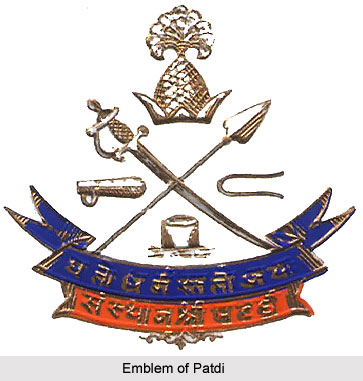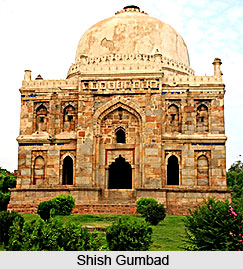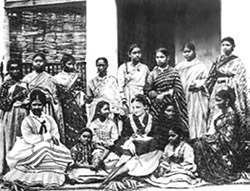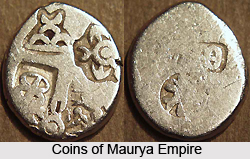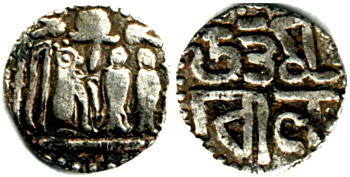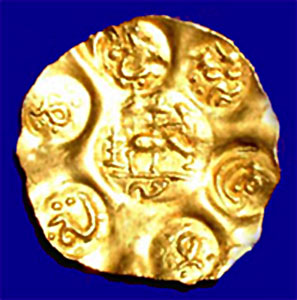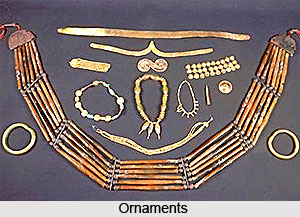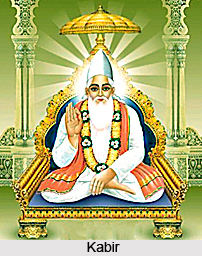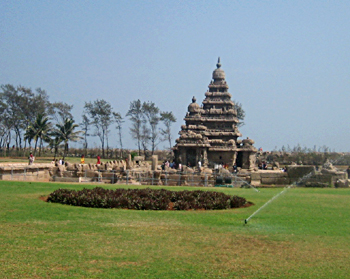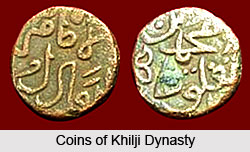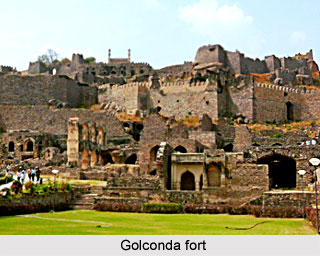 Deccan policy of the Mughals during the reign of Shah Jahan remained quite successful. Shah Jahan attempted either to annex the kingdoms of the Deccan or force them to accept the suzerainty of the emperor. He was a capable commander and understood the politics of the Deccan well. The death of Malik Ambar, the wazir of Ahmednagar, provided him good opportunity to put pressure on Ahmednagar.
Deccan policy of the Mughals during the reign of Shah Jahan remained quite successful. Shah Jahan attempted either to annex the kingdoms of the Deccan or force them to accept the suzerainty of the emperor. He was a capable commander and understood the politics of the Deccan well. The death of Malik Ambar, the wazir of Ahmednagar, provided him good opportunity to put pressure on Ahmednagar.
Hussain Shah sat on the throne of Ahmednagar. He opened negotiations with the Mughals and at the same time tried to befriend Bijapur. His unscrupulous diplomacy resulted in the loss of many loyal nobles like Shahji Bhonsle. Hussain Shah was imprisoned in the fort of Gwalior and Ahmednagar was annexed to the Mughal Empire. It meant the end of the state of Ahmednagar though Shahji Bhonsle continued to fight against the Mughals on behalf of another child of the ruling dynasty of Ahmednagar, named Murtaza III. However, he surrendered the child to the Mughals in 1636 A.D. and accepted the service of Bijapur. Qutub Shah, ruler of Golconda died in 1626 A.D. He was succeeded by a child of eleven years of age named Abdullah Qutub Shah. In 1636 A.D., Golconda was forced to accept the suzerainty of the Mughals. Aurangzeb, when appointed as governor of the Deccan for the second time in 1652 A.D., again pressurised Golconda because it had failed to pay the annual tribute to the Mughals.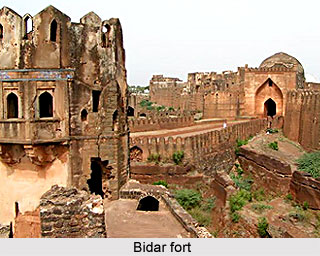 Aurangzeb waited for an opportunity and he got it when Mir Jumla, one of the most prominent nobles of the Sultan, quarreled with him and sought protection from Aurangzeb. Aurangzeb captured Hyderabad and besieged the fort of Golconda. But before he could capture it he received orders of Shah Jahan to raise the siege. Therefore, a treaty was signed between the two parties.
Aurangzeb waited for an opportunity and he got it when Mir Jumla, one of the most prominent nobles of the Sultan, quarreled with him and sought protection from Aurangzeb. Aurangzeb captured Hyderabad and besieged the fort of Golconda. But before he could capture it he received orders of Shah Jahan to raise the siege. Therefore, a treaty was signed between the two parties.
Golconda accepted the suzerainty of the Shah Jahan, married one of his daughters to prince Muhammad, son of Aurangzeb, gave rupees ten lakhs as dowry and yet another rupees seventeen lakhs as war-indemnity to the Mughals. Thus, though Golconda was weakened but its existence remained. Sultan Ibrahim Shah was succeeded by Muhammad Adil Shah I in Bijapur. Adil Shah had no fixed plan against the onslaughts of the Mughals while his nobles were divided among themselves. The attempt of the Mughals to capture Bijapur in 1631 A.D., however, failed. The Mughals again attacked it in 1636 A.D. and forced Bijapur to accept their suzerainty. In 1656 A.D, Adil Shah died. It was believed that he had no son but his wife, Bari Sahiba declared one child as his son and succeeded in placing him on the throne, with the name of Adil Shah II. Shah Jahan tried to take advantage of it. He charged Bijapur for different things and ordered Aurangzeb to attack it. Aurangzeb besieged the fort of Bijapur but before he could capture it, he received orders of Shah Jahan to raise the siege. A treaty was, therefore, signed between the two by which Bijapur accepted the suzerainty of the Mughal emperor and agreed to pay rupees one and a half crores to the Mughals. The forts of Bidar and Kalyani also remained with the Mughals.
The state of Ahmednagar was completely annexed to the Mughal Empire and Bijapur and Golconda were forced to accept the suzerainty of the emperor, surrender part of their territories and a few important forts and pay annual tribute and war-indemnity. Probably, even Bijapur and Golconda could be annexed if Shah Jahan himself would not have stopped Aurangzeb from attempting so. Shah Jahan understood well the politics of the Deccan. Probably, he felt that the annexation of these two states would complicate matters for the Mughals. Thus, the Deccan policy of the Mughals during the reign of Shah Jahan remained quite successful.



